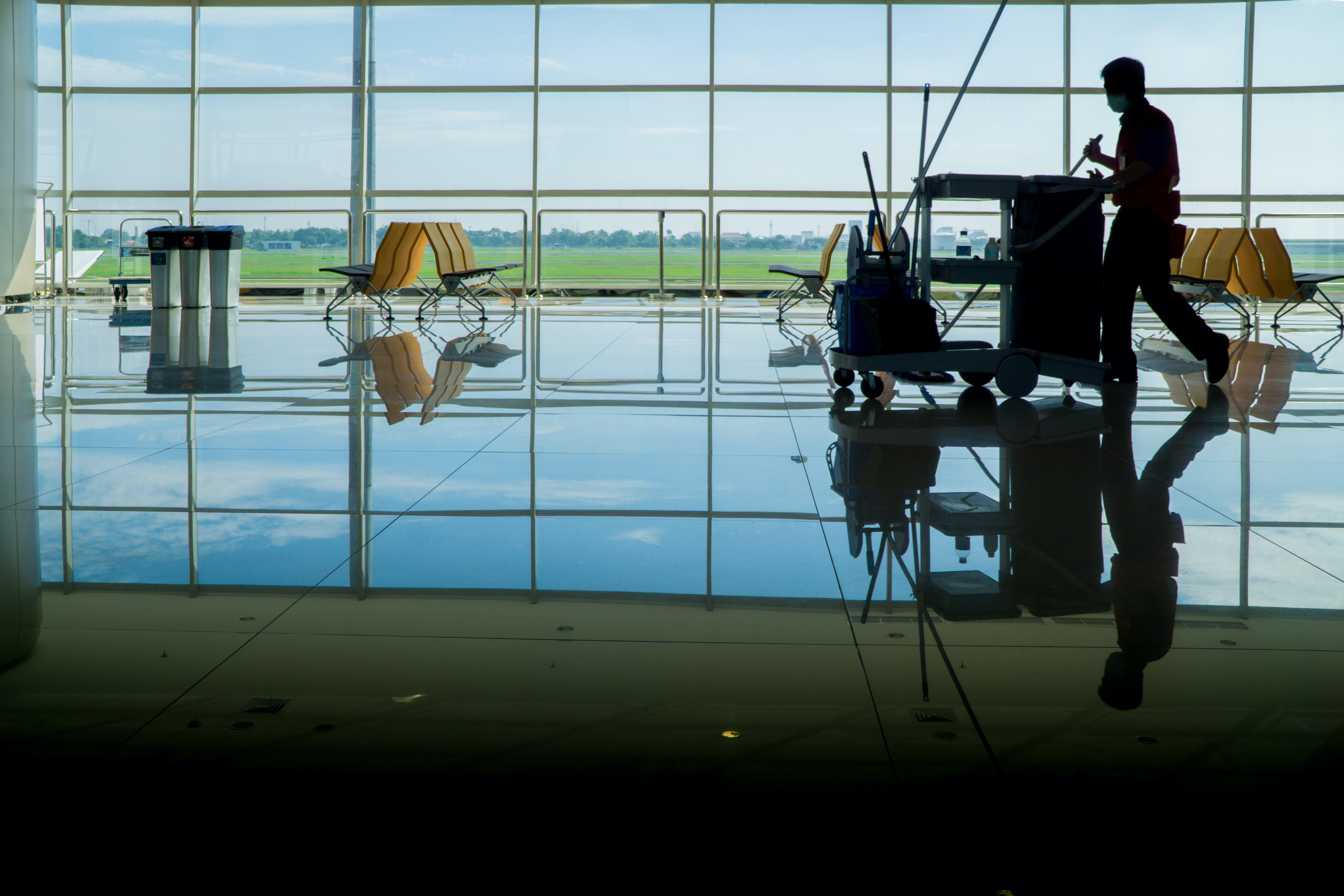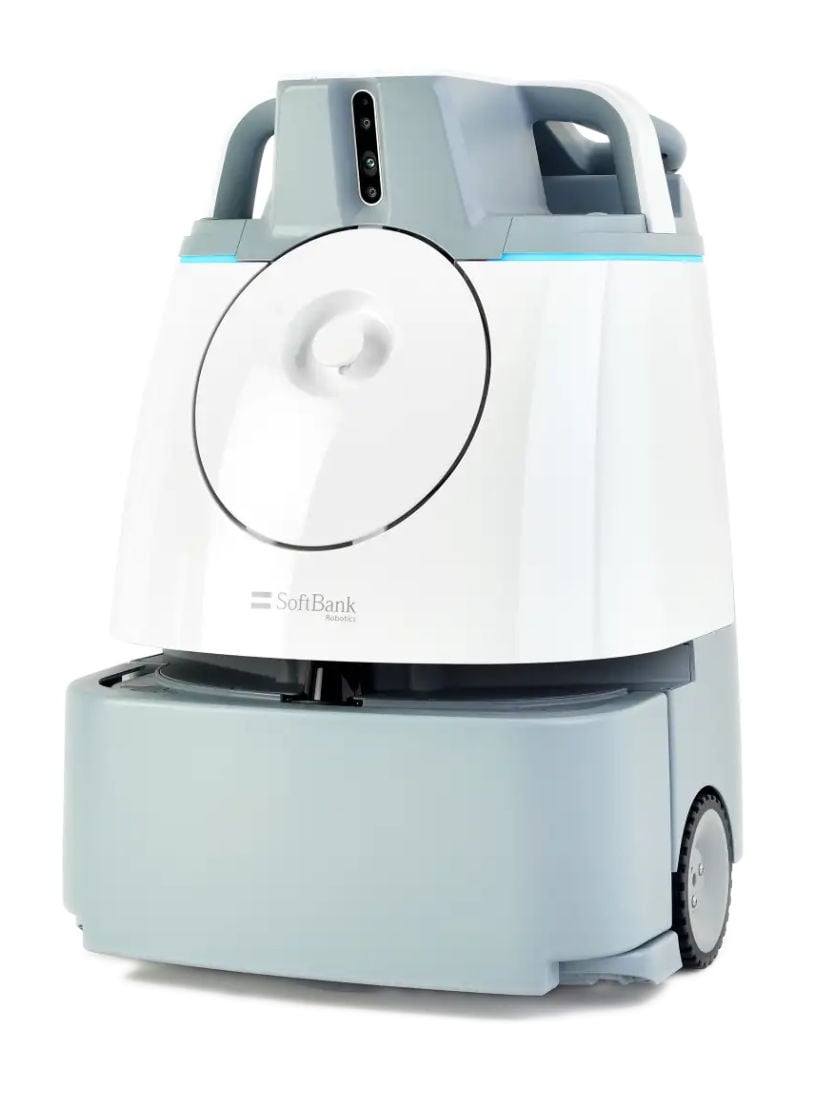What do offices of the future look like in a post-pandemic work landscape? For many organizations, the answer is fast-approaching, with over 90% of companies anticipating a return to the office by the end of 2024.
Despite businesses’ revitalized focus toward on-site work, it’s clear, however, that office spaces will never fully return to the previous status quo. A recent state-of-work survey from Bankrate reported that, compared to full-time in-person work weeks, 68% of full-time employees prefer hybrid work models. For employers that are keen to make the most of their employees’ on-site time, it’s more important than ever to create office spaces that are clean, organized, and designed for productivity.
As your cleaning staff prepares for the future of office spaces, here are four cleaning standards for office buildings to keep in mind.
1. An Emphasis on Cleanliness and Sanitation
Spurred in part by the COVID-19 pandemic, today’s general public has a renewed emphasis surrounding the health risks of the shared spaces they inhabit, and this holds true for most workers, as well. In addition to removing dust, debris, and other clutter, today’s office cleaning teams should take a good look at their sanitation practices to assure employees that company workspaces are safe.
Taking strides to increase your sanitation efforts will not only fortify employee trust in their workspaces, but it can also mitigate the spread of germs and sick building syndrome, which can have a substantial impact on an office’s overall productivity. The Bureau of Labor Statistics, for example, found that over 1 million nonfatal injuries and illnesses caused private industry workers to miss at least one day of work in 2021 alone.
To help you layer sanitation efforts into your existing cleaning operations, the CDC has outlined a few easy-to-follow tips for disinfecting office spaces and other shared facilities:
- Focus on high-traffic areas. Your disinfection efforts should prioritize the most popular spaces in your building, as these are often the hotspots for potential outbreaks.
- Start with soap and water before moving to stronger, EPA-registered disinfectants.
- Follow cleaner instructions, especially when storing solutions or diluting them with water. Your team should also avoid mixing solutions together and keep all bottles properly labeled.
2. Technology that Supports Cleaner Work Environments
With a currently estimated market size of over $45 billion, the smart office industry has displayed exceptional growth over the past several years and shows no signs of slowing down, and business investment in smarter work spaces can be tied to several contributing factors. First, the prevalence of hybrid work models has required companies to reevaluate their on-site technology to improve communication between on-site employees and their remote counterparts. Second, many organizations have documented that their investments in new, smarter building tech has yielded a direct improvement in productivity levels, as workers are better equipped to complete their tasks, collaborate with one another, and innovate.
Smart building innovations often primarily function to optimize building and human performance. However, many have the added benefit of improving cleanliness, which can, in turn, help you and your maintenance teams maximize your time spent. Sensor- and voice-activated doors, lights, elevators, and more all reduce contact with surfaces, which can mitigate the spread of germs. And innovative materials, such naturally antimicrobial copper, further reduce health risks in shared spaces.
Of course, several technologies are being incorporated into smart office facilities for the distinct purpose of creating healthier and cleaner environments. A great example is smart air purifiers and filters, which improve air quality and stop the spread of airborne particles and pathogens. By incorporating these innovations into your offices, you’ll be better equipped to meet the emerging demands of future workspaces.
3. A Greener Clean
Today’s employees — and the general public at large — have increasingly drawn their attention toward sustainable, eco-friendly solutions. In fact, over 80% of consumers say that poor environmental practices discourage them from a brand or company.
To meet these new expectations, many commercial cleaning teams have placed an even greater emphasis on their sustainable cleaning practices. That includes everything from replacing toxic cleaners with environmentally friendly alternatives to switching single-use containers with reusable bottles. Water conservation is another huge focus within cleaning sustainability efforts, especially for cleaning teams who operate on large scales. Small changes, such as choosing more effective cleaners, can produce big outcomes for reducing water consumption. And larger investments, such as cleaning equipment that recycles water while in operation, can tip the green scale even further in your favor.
4. Data-Driven Automation Signals a New Era of Efficiency
In addition to expectations about cleaning, cleaning staff can expect to play a critical role in helping allay fears about returning to work. Demonstrating cleanliness will be a central part of this. One solution is the use of more technology tools that provide data that demonstrates a consistent level of cleanliness. For example, Whiz, the commercial robot vacuum and S50 Pro, the automated floor scrubber, provide real data about each cleaning—including how, when and where cleaning was performed—using SoftBank Robotics Connect to obtain real-time, data-driven analytics.
These types of automated solutions not only provide a numbers-backed proof of clean, but they also help cleaning teams increase their productivity. In the face of labor challenges, the ever-increasing cost of labor, and increased pressure to deliver a high-quality clean, many cleaning and maintenance teams have turned to automated cleaning solutions to support their existing staff. In practice, this means that your team can offload vacuuming, sweeping, mopping, and other repetitive — but essential — tasks, which leaves room to complete other high-impact objectives that would otherwise go neglected.
The right investment can support these changes and more
Collaborating and working alongside a robotic coworker can help cleaning staff achieve many of these goals, including more time spent deep cleaning without changing staffing levels. These types of technology solutions can play a powerful role in supporting offices of the future by alleviating workers’ concerns and improving the efficiency and productivity of operations.
What’s more, they don’t require an enormous upfront investment to get started. Some automated cleaning solutions, like Whiz, the commercial robot vacuum, are available with flexible payment options and ongoing support from the SoftBank Robotics team, which allow you to get the most out of your investment.
While no one knows for sure which trends will make it into the future workspace, the need for change is certain. Investing in new automation tools and technologies today can keep your company ahead of that change.
To learn more about leveling up your cleaning strategy, read our guide to creating a data-driven approach to cleaning.







